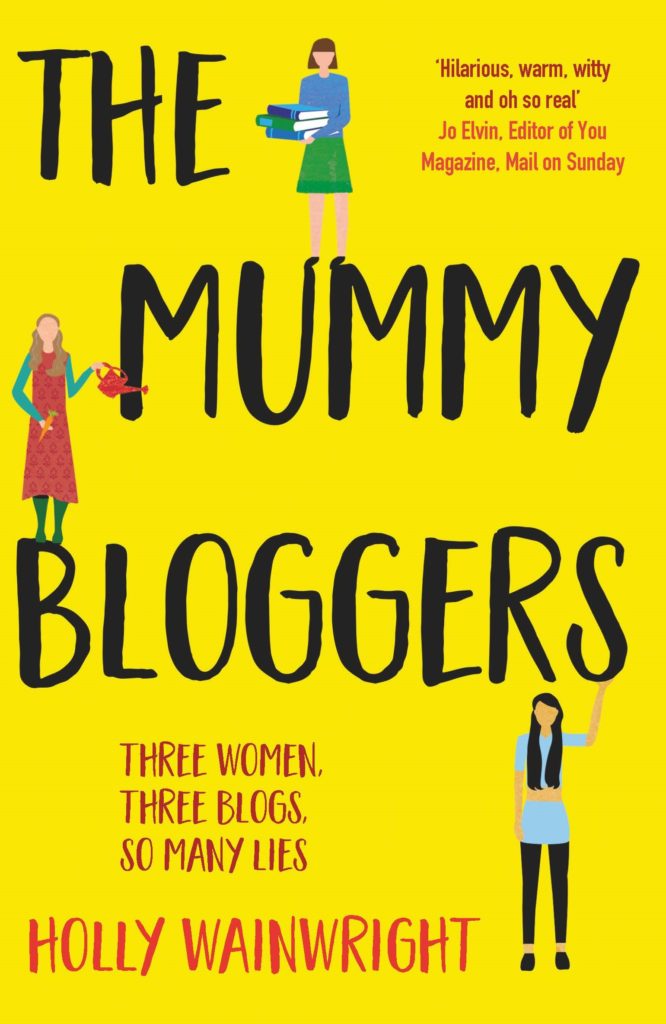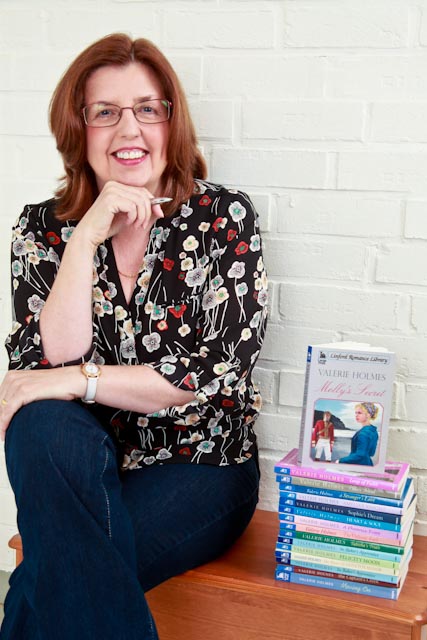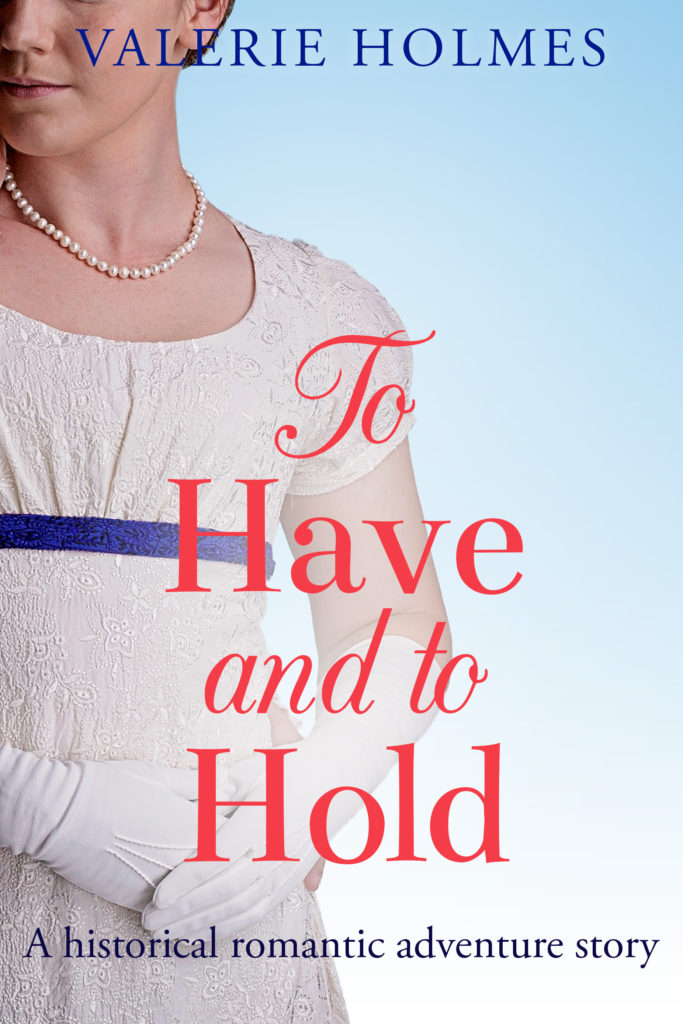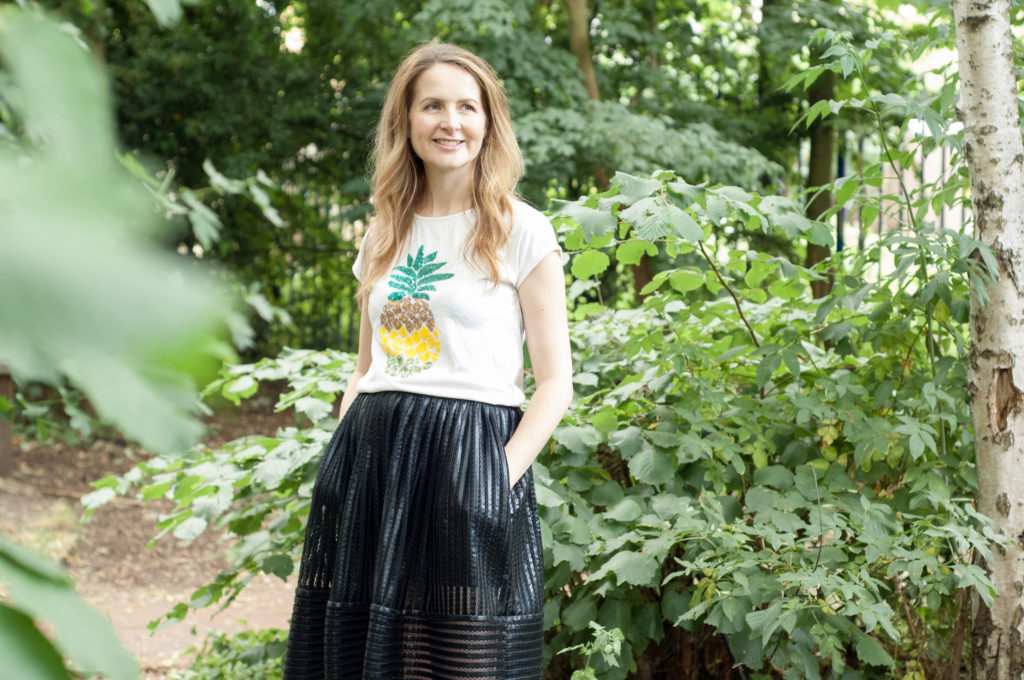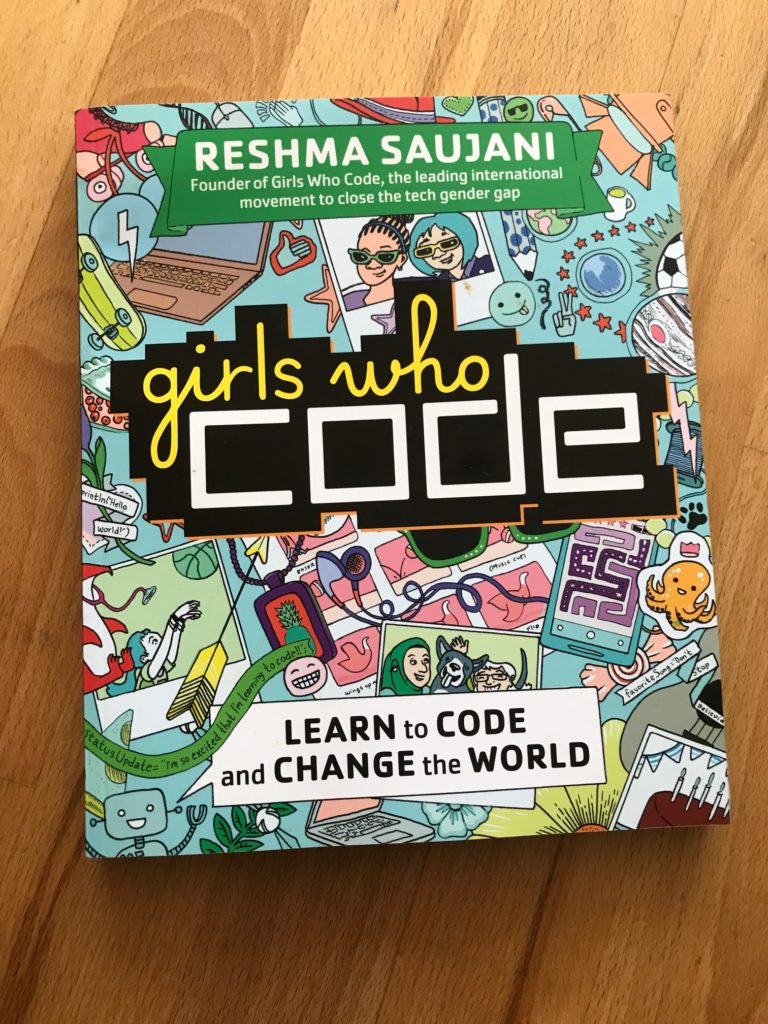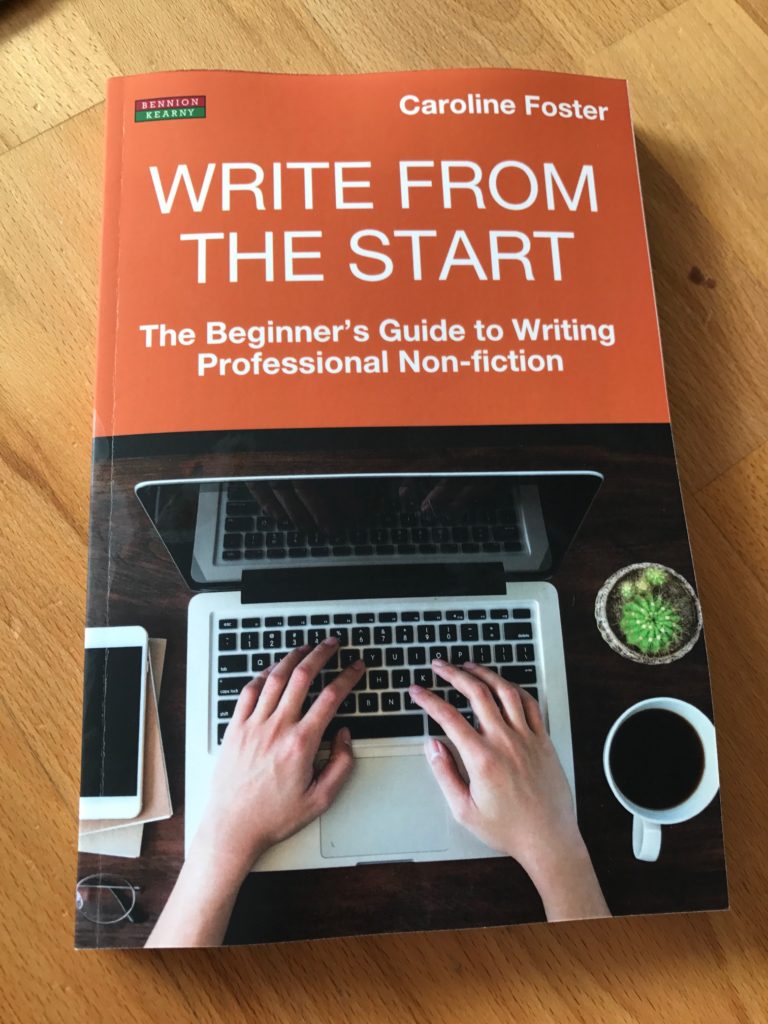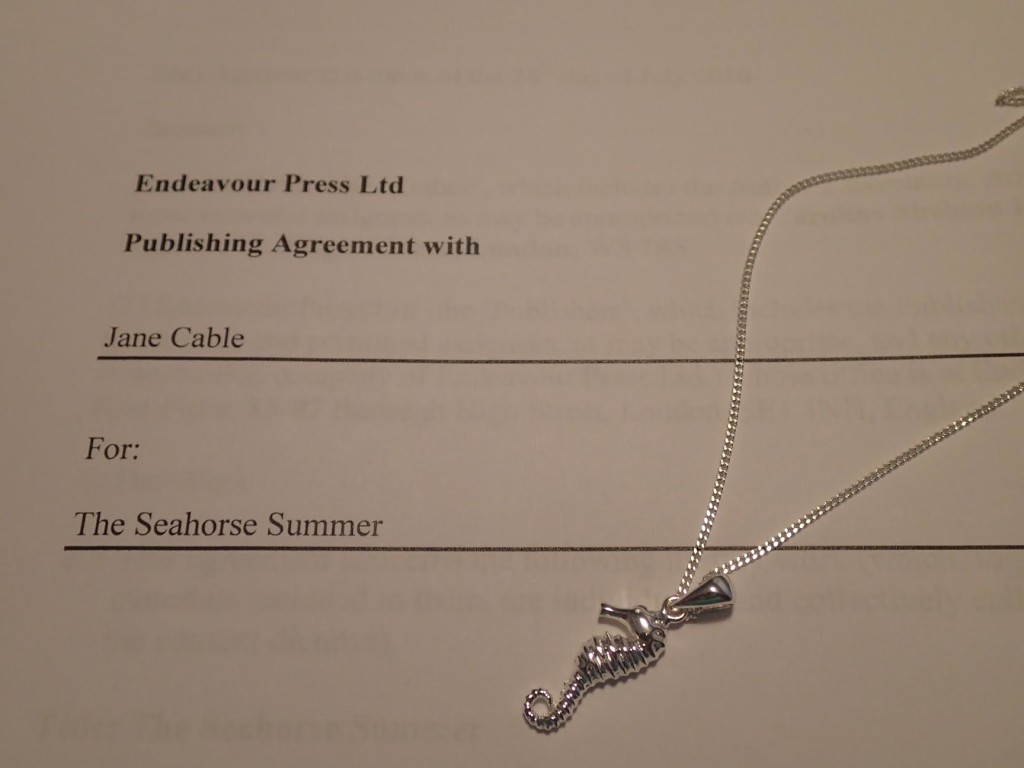 I’m Holly Wainwright and I’m a writer and a journalist, editor and a podcaster – all the things.
I’m Holly Wainwright and I’m a writer and a journalist, editor and a podcaster – all the things.
Most recently and significantly, I have written two novels – The Mummy Bloggers and How To Be Perfect, about women who write on the Internet and whose online personas don’t much match the chaos and artifice of their real lives. The books are really all about the lengths people will go to for Likes.
Latest Book.
The Mummy Bloggers. It was my first book, it’s just come out in the UK via Legend Press and I’m very proud of it.
A bit about your process of writing.
I find I have to treat writing a book in the same way I treat a job – I sit down every day with a number of words in mind and I just do it, even if I don’t love the words. The idea is that I can fix that later. Some days the discipline works, others not so much!
I also mostly write sitting on my bed, in silence. Other than when my kids come and ask, ‘What you doing?” and proceed to make a mess of everything.
Do you plan or just write?
A bit of both. Our bedroom wall at home is covered in Post-It notes, which is how I plot out a book with the characters and then, Chapter by Chapter. Post-its are great because you can move them around, but I do find myself procrastinating by obsessing about colour and placement!
But once all the Post-Its are up, often the conclusion of plot-points come to me as I’m writing. That’s the best kind of day, when problems are just solving themselves on the page.
What about word count?
I would often give myself a daily word-count. I wouldn’t get to it every day, but I’d aim for most. I don’t think I’ll ever forget the feeling of hitting the word count on my first book, I was so bloody proud.
How do you do your structure?
See aforementioned Post-It note wall – very high-tech.
What do you find hard about writing?
The constant self-doubt. And the amount of tea I drink while I’m doing it…. lots of toilet breaks.
What do you love about writing?
Everything else. On a good day, when it’s working, there’s nothing that makes me happier, puts me in a better mood and feels more like the thing I should be doing with my time. Creating people and worlds is the best job in the world.
Advice for other writers.
Don’t assume it’s easy for everyone else and you must just be the untalented one. Writing is difficult for everyone who does it well.
That, and to lay off the cups of tea a bit.
Holly is the author of The Mummy Bloggers (Legend Press, out now) and How to be Perfect (out 1st November)
Our social media is:
Legend Press @legend_press on Twitter, @legendpress on Instagram
Holly is @hollycwain on Twitter and @wainwrightholly on Instagram

